Wolmi Special Tourist Zone (월미 관광특구)
19.7Km 8280 2021-02-19
81, Wolmimunhwa-ro, Jung-gu, Incheon
+82-32-760-6481
Wolmi Special Tourist Zone is a historic and cultural site where visitors can learn about Korea’s modern history and culture through a tour of Incheon. The area has plenty of modern architecture and cultural heritages embracing the history of the open port era. Incheon Port is conveniently located to facilitate the flow of products from other civilizations.
Included in the open port, Incheon Chinatown has various Chinese restaurants, a modern history museum, and exhibition hall where visitors can look into the past and current life of Chinese people living in Korea. Jayu Park Cultural Tourism Festival and Songwol-dong Donghwa Village Festival are held here every spring.
In addition, the Museum of Korea Emigration History, date courses, and Wolmi Cultural Street, offering up various sliced raw fish restaurants, and fine cafes are all available in the zone. Wolmi Observatory offers a view overlooking the port and downtown at once. The coastal pier approaching the port offers the active atmosphere of coming and going ships and the lively fish market. Enjoying various fish dishes and sea-fishing, or walking along the ocean square are recommended activities.
Yejeon (예전)
19.8Km 9053 2019-08-01
43-2, Wolmimunhwa-ro, Jung-gu, Incheon
+82-32-772-2256
Yejeon is a western food restaurant and is considered one of the establishments that first created Wolmido Island’s café culture. Located in the middle of Wolmido's Munhwa Street (Culture Street), this Western-style redbrick building resembles that of a European atmosphere in Korea.
Yeonan Pier (연안부두)
19.8Km 61456 2020-08-05
70, Yeonanbudu-ro, Jung-gu, Incheon
+82-32-777-1330
Yeonan Pier is the starting point for all coastal passenger ships bound for the numerous islands in the western sea. The nearby Incheon Fish Market is always bustling with people who come to buy fresh fish and pickled fish at reasonable prices. Also located near the pier is the sliced raw fish market operated by the Marine Products Association. The southern quay is where boats and ships leave for sea fishing. The ships here are also available for rent for various purposes so events like reunions and seminars can be held aboard ship.
Chamseongdan Altar (강화 참성단)
19.8Km 22386 2020-06-29
Heungwang-ri, Ganghwa-gun, Incheon
+82-32-930-4571
Located on the northside of Manisan Mountain peak, Chamseongdan Altar is where Dangun (founder of Korea) is said to have offered sacrifices to the heavens. The story of Dangun reads that he made sacrifices over 4,000 years ago, making this relic a historical treasure.
Chamseongdan was renovated in 1270 under Goryeo Wonjong’s and after being renovated several more times. To this day it has remained the same way and kept the same appearance. Chamseongdan is a natural stone 5 meters in x_height, circular in shape at the bottom and rectangular at the top. Because it is in the middle of Baekdusan Mountain and Hallasan Mountain, you can see the islands of the West sea and the inland scenery. It is symbolically a very important place. It is said that in the past, the kings of Goguryeo, Baekje, and Silla Kingdoms all offered sacrifices to the heavens here. This form of ceremonial sacrificing continued prevailed until the Joseon Period (1392~1910). Visitors can see from scattered relics how Korea’s ancestors revered and feared the heavens. Even now, on Gaecheonjeol Day, Koreans offer sacrifices to Dangun here, and for national athletic events, a sacred flame for the games is ignited here.
Manisan Mountain is 495m above sea level, which makes it the highest mountain in Ganghwa. The entire area was designated as a National Tour Site in 1977. Climb to the summit and you can see the entire Gyeonggi area. The path leading up to Chamseongdan especially has a wonderful view of the mountain and the sea, and is a favorite of the climbers.
Wolmido Island (월미도)
19.9Km 125172 2023-11-08
36 Wolmimunhwa-ro, Jung-gu, Incheon
+82-32-765-4169
Wolmido Island has very few historical records, despite being the location of a temporary palace, built in 1653 during the reign of King Hyojong. The palace was built on the eastern side of the island, but it is impossible to find traces of it now. From the late 1920s until the '30s, the island was transformed into a resort, a very popular destination at the time. Wolmi Culture Street opened in July 1989 and helped improve the area's fame.
On weekends and holidays, people flock to Wolmido Island to enjoy coffee and fresh seafood at the cafes and restaurants overlooking the sea. Despite being 1 kilometer off the coast, Wolmido is no longer an island, being connected to the mainland through modern construction techniques. It is now an easily accessible retreat for locals and tourists alike.
Wolmi Culture Street & Moonlight Music Fountain (월미문화의거리 & 달빛음악분수)
19.9Km 1 2023-11-08
252 Wolmi-ro, Jung-gu, Incheon
Wolmi Culture Street is a pedestrian-only street located in Wolmido, one of Incheon's major attractions. The street is lined with benches for people to rest, and one can usually find artists here drawing portraits. The street passes Wolmi Park and Wolmi Observatory, providing outstanding views of Incheon Port and the Wolmido area. Family visitors and couples enjoy stopping by Wolmi Theme Park to enjoy the amusement rides. The Moonlight Music Fountain is rather small in size, but is a beloved attraction of Wolmi Culture Street.
Hornbeam Habitat (서어나무(소사나무)군락지)
20.0Km 26069 2024-02-16
Nae-ri, Yeongheung-myeon, Ongjin-gun, Incheon
Hornbeam Habitat stands as the largest colony of hornbeam trees in Korea, home to over 350 trees that have surpassed the 150-year mark. These trees were initially planted by the residents of Naeri village to shield their rice fields from the harsh impacts of rain and wind. Subjected to the relentless sea breeze, the branches of these hornbeam trees have been sculpted by nature to twist and turn, veering away from the typical straight growth pattern. This interaction between the natural elements and the trees' adaptive growth has resulted in a landscape of unique beauty.
Yeongheungdo Simnipo Beach (영흥도 십리포해변)
20.0Km 60906 2024-02-16
420-26 Yeongheungbuk-ro, Yeongheung-myeon, Ongjin-gun, Incheon
Simnipo Beach, located on Yeongheungdo Island in Incheon, offers stunning views both day and night. To the west of the beach, a rock formation extends outward, while behind it lies a colony of more than 300 hornbeam trees, the largest in Korea. The beach buzzes with activity during daylight hours, but as night falls, the illuminated backdrop of Incheon International Airport and the lights shimmering over the West Sea merge to craft a captivating spectacle.
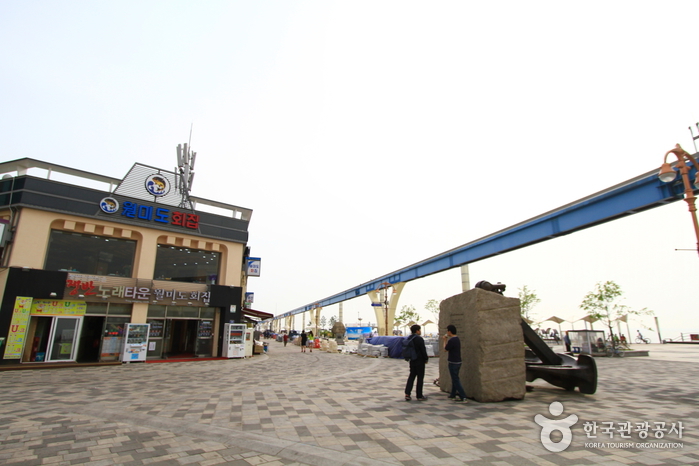
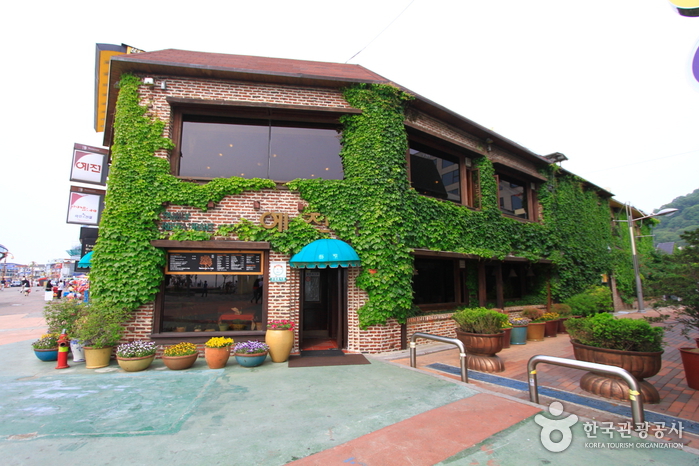
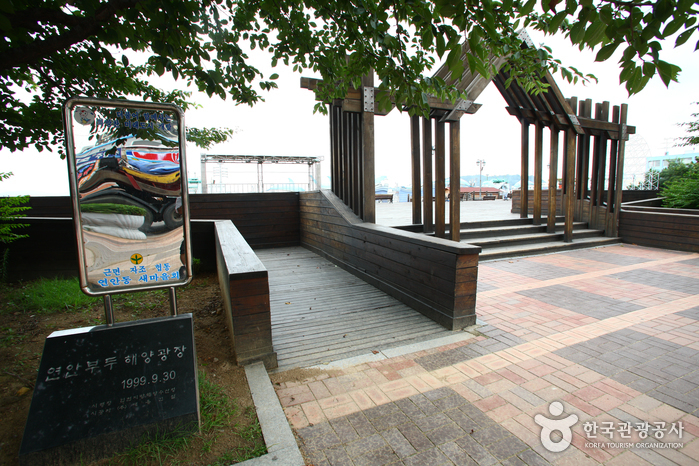
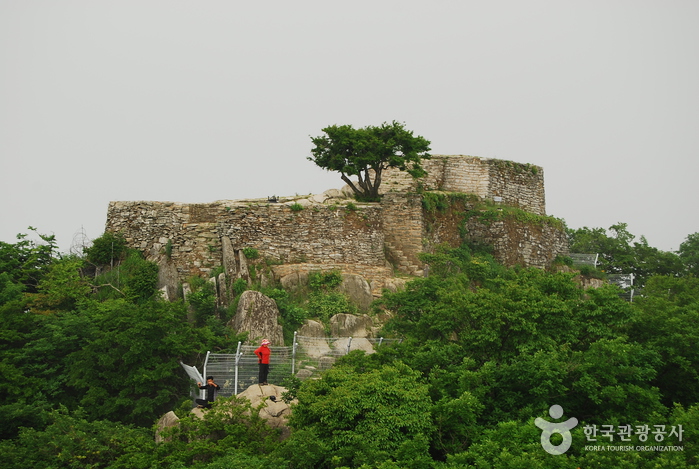
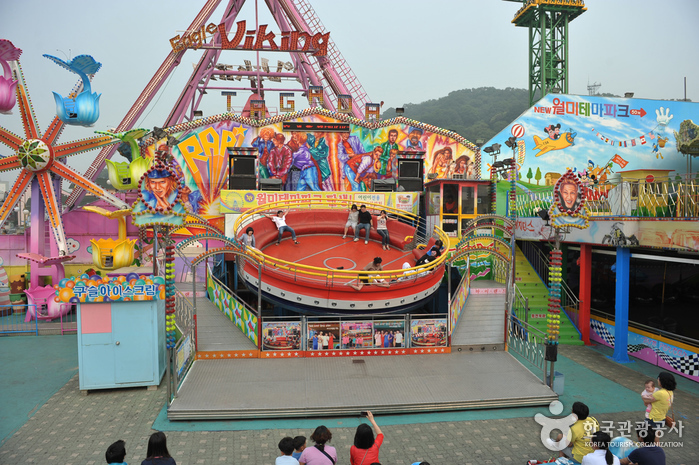
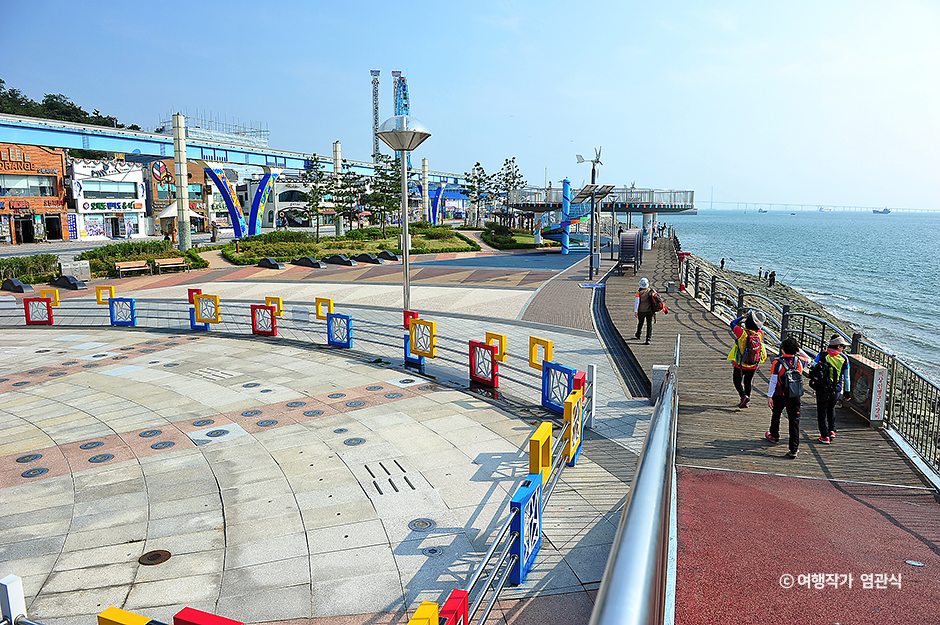
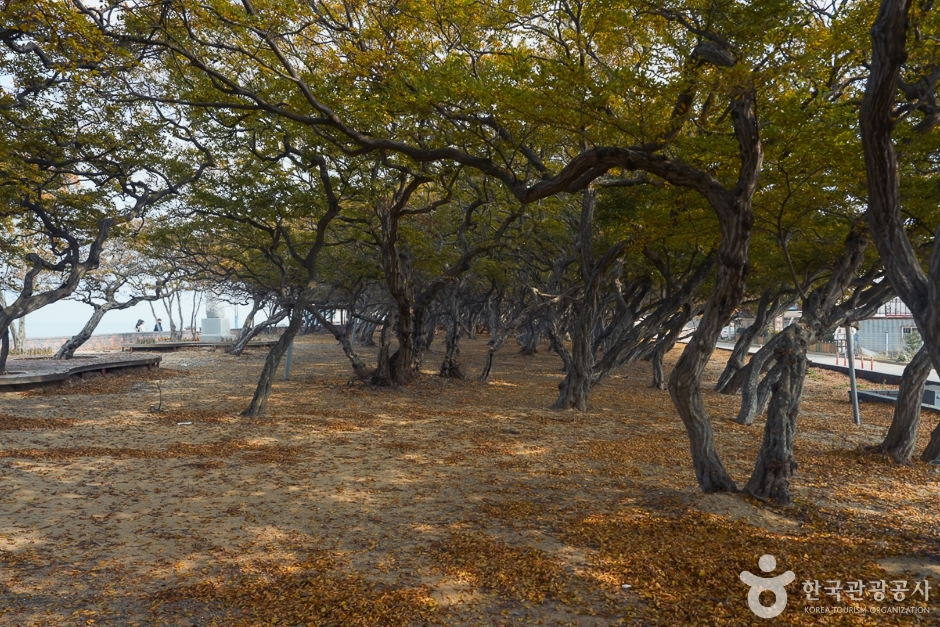

 English
English
 한국어
한국어 日本語
日本語 中文(简体)
中文(简体) Deutsch
Deutsch Français
Français Español
Español Русский
Русский